1. Boondocking Means You’ll Be Totally Off-Grid
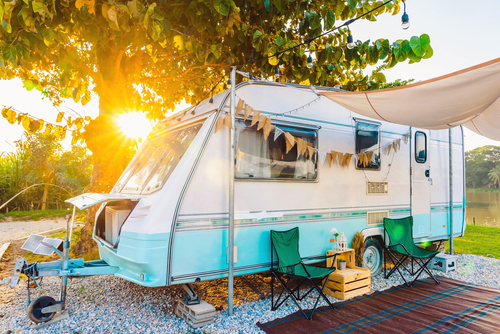
Many people assume boondocking is the same as being completely disconnected from civilization. In reality, “off-grid” can mean anything from having no hookups at all to relying on solar power while still having cell service. Most boondocking spots are close enough to towns that you can grab supplies if needed. Believing you must be unreachable can make planning unnecessarily complicated and expensive.
Thinking you need to live entirely off the land often drives newcomers to overbuy gear. They purchase huge solar setups or generators they don’t actually need. This adds thousands to the cost of a setup that could be much simpler. Boondocking is flexible—it’s about finding freedom, not extreme survival.
2. You Need a Massive RV to Boondock
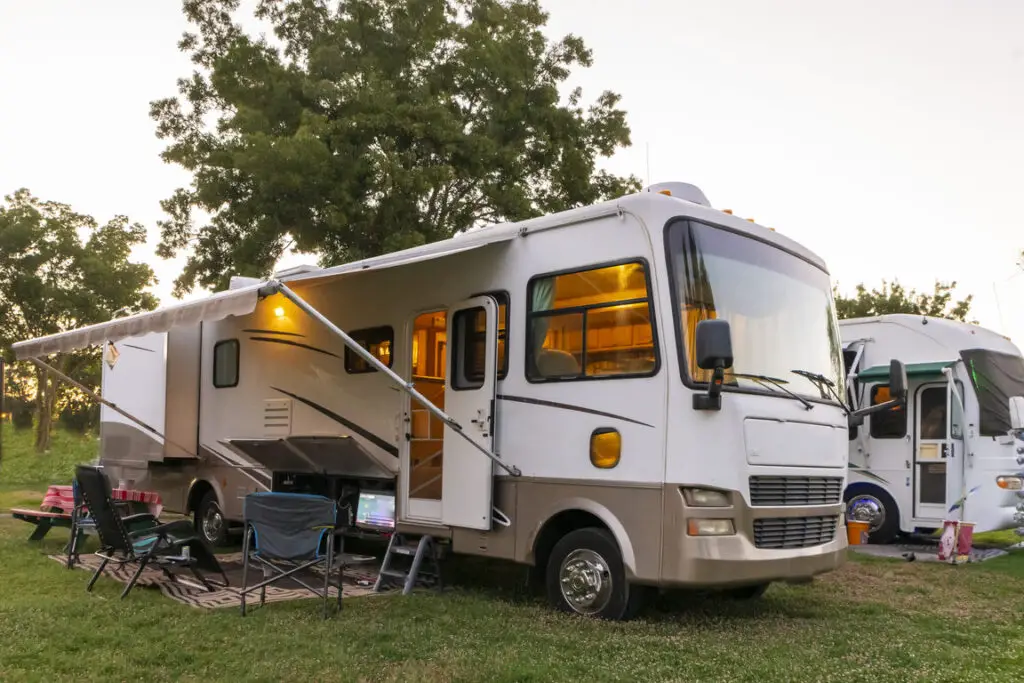
Many assume that only Class A motorhomes or huge fifth-wheels can handle boondocking. The truth is, smaller rigs, vans, and even tents can thrive in dispersed camping areas. Smaller setups are easier to maneuver and can access spots larger rigs can’t reach. Thinking bigger is always better leads to unnecessary spending and stress.
People buy giant rigs loaded with features they won’t use just to “be ready.” Maintenance, fuel, and parking fees can easily run into thousands yearly. A compact rig with a decent water system and battery setup can handle most boondocking situations. Size isn’t the secret; strategy and prep are.
3. Solar Panels Will Solve Everything
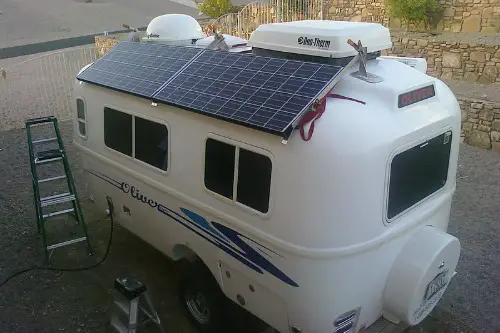
Solar sounds like a magic bullet for boondocking. Many newbies invest thousands into panels and batteries, believing they’ll never need hookups again. The reality is solar has limitations, like cloudy days or shaded spots, and batteries drain faster than people expect. Assuming it’s perfect can result in surprise generator use or being stranded without power.
People often overbuy panels “just in case,” adding weight and cost unnecessarily. Proper energy planning—knowing how much power you actually need—is more important than sheer panel size. Sometimes a small solar setup combined with smart energy habits works best. The myth of all-powerful solar just encourages overspending.
4. Boondocking Is Always Free

The dream of cost-free travel draws people to boondocking, but the reality is more nuanced. Some public lands are free, but others require permits or camping fees. Even free spots come with hidden costs: gas to remote areas, water refills, and occasional laundry or dump fees. Assuming it’s zero-cost can lead to budget shock.
Many forget that convenience comes at a price. You might pay for apps or memberships to locate legal boondocking spots. Overlooking these small costs can add up to hundreds or even thousands annually. Budgeting realistically avoids nasty surprises.
5. All Public Lands Allow Boondocking

It’s easy to think “public land = free camping anywhere.” In fact, rules vary widely by agency, state, and even individual parcels of land. Some areas restrict overnight stays or limit them to a few days per spot. Ignoring these rules can result in fines that dwarf the cost of a campsite.
Many first-timers get ticketed simply because they assumed signage isn’t enforced. It’s always worth checking local regulations before setting up. A little research saves both headaches and money. Being informed is part of the boondocking experience.
6. You Can Always Rely on Cell Service
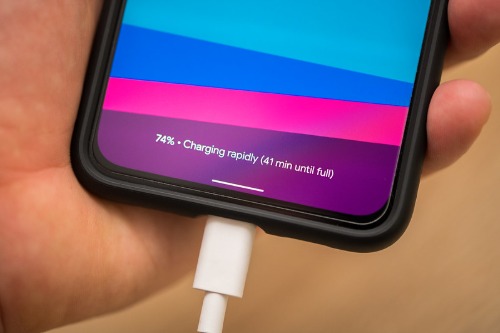
The belief that you’ll always have Wi-Fi or cell coverage while boondocking is dangerous. Remote areas often have patchy or nonexistent service, which can be a problem for work or emergencies. Some people buy signal boosters or expensive satellite internet anticipating constant connectivity. Reality check: the best boondocking spots often require offline planning.
Relying on tech can lead to costly alternatives when signals fail. Emergency apps or navigation tools might not work without service. Preparing for limited connectivity keeps costs down and reduces stress. Being offline occasionally is part of the freedom.
7. Boondocking Is Always Safer Than Paid Campsites
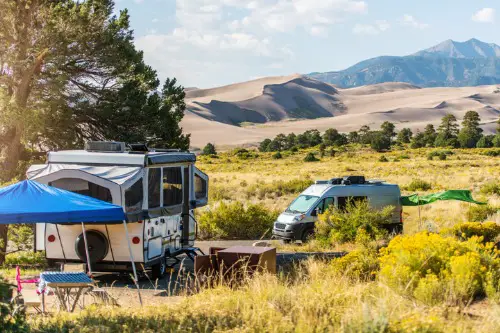
Many assume that avoiding crowded campgrounds is automatically safer. While remote locations reduce human traffic, they introduce other risks: wildlife, extreme weather, or isolation if something breaks. Some first-timers invest in expensive security systems or insurance expecting danger around every corner. Safety is more about preparation than location.
Carrying unnecessary security gear adds weight and cost without guaranteeing safety. Learning local hazards and having a reliable plan is far cheaper and more effective. Safety is a mindset, not a product. Boondocking doesn’t automatically equal peace of mind.
8. You Must Have a Generator
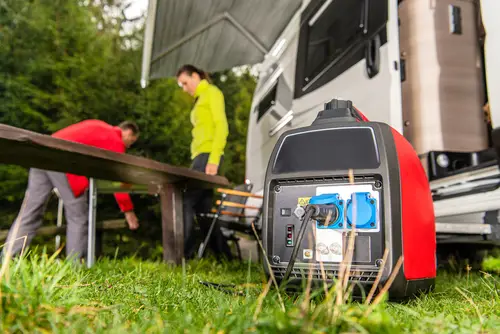
Generators are marketed as essential for boondocking, but many overestimate their need. If you plan your power usage, solar and batteries often suffice for days at a time. Buying a high-end generator upfront can cost thousands and adds fuel and maintenance expenses. Some travelers never even turn theirs on.
People feel pressure to prepare for every scenario, but most situations are manageable with planning. A small backup generator or portable solar kit can handle emergencies without breaking the bank. The myth inflates expectations and costs unnecessarily. Simple setups are often more practical.
9. Boondocking Is a DIY-Only Lifestyle
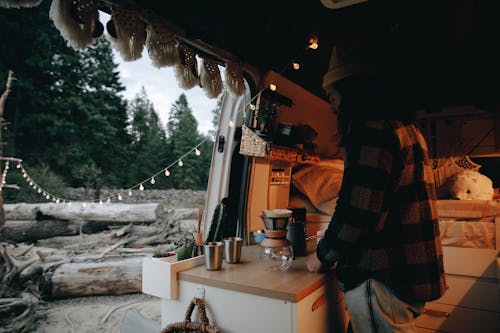
There’s a misconception that you must be a handyman or experienced outdoorsperson to boondock. While skills help, many beginners start with minimal setup and gradually improve. Shops, online communities, and classes offer support for common issues. Believing you must know everything before starting can keep people from even trying.
This fear often drives people to overbuy equipment “just in case.” Spending thousands to compensate for assumed incompetence is unnecessary. Start small, learn on the go, and scale gradually. Experience is the best teacher—and it’s far cheaper than overequipping.
10. Boondocking Requires a Huge Water Supply
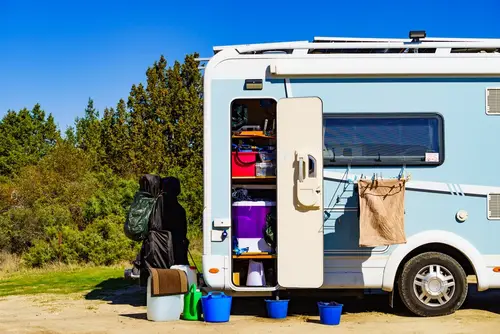
Water is essential, but many overestimate how much they need. Carrying hundreds of gallons adds weight, reduces mobility, and costs extra upfront. Most travelers manage with 20–50 gallons, topping off at town stops. The myth that you need a “full tank forever” leads to unnecessary purchases.
Strategic planning beats sheer volume every time. Portable water jugs, purification, and rationing extend supply without huge expense. You don’t need a small reservoir in your rig to enjoy remote camping. Smart water management keeps you both safe and light on costs.
11. You Can Stay Anywhere Forever
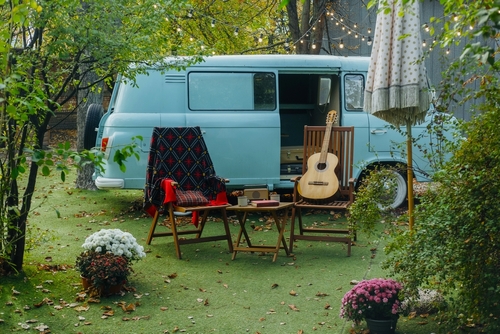
Some believe boondocking is like permanent free housing. In reality, most public lands limit stays to 14–21 days before requiring a move. Ignoring this can lead to fines or legal trouble. Thinking you can indefinitely occupy a spot can end up costing far more than planned.
Long-term boondocking requires rotation, permits, or occasional RV parks. Planning movement keeps the experience legal and stress-free. Misunderstanding these limits creates unnecessary risk. Mobility is part of the lifestyle, not a limitation.
12. Boondocking Is Cheaper Than RV Parks in Every Scenario
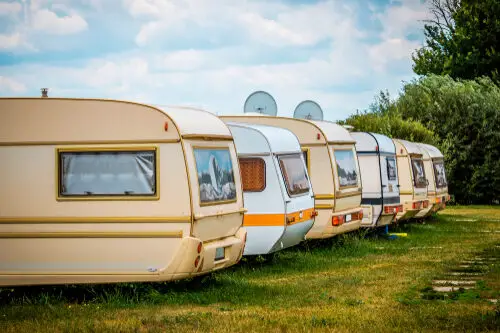
It’s easy to assume boondocking always saves money. While daily fees are lower—or nonexistent—costs like fuel, supplies, and equipment can offset savings. Over-preparing for remote stays inflates the budget quickly. Boondocking can be economical, but only when approached realistically.
Many newcomers overspend trying to achieve “perfect” off-grid comfort. Even small mistakes in planning or gear choices add up. Comparing costs honestly before hitting the road avoids financial disappointment. The real secret? Balance comfort, safety, and budget carefully.
This post 12 “Boondocking” Myths That Keep Costing People Thousands was first published on Greenhouse Black.
